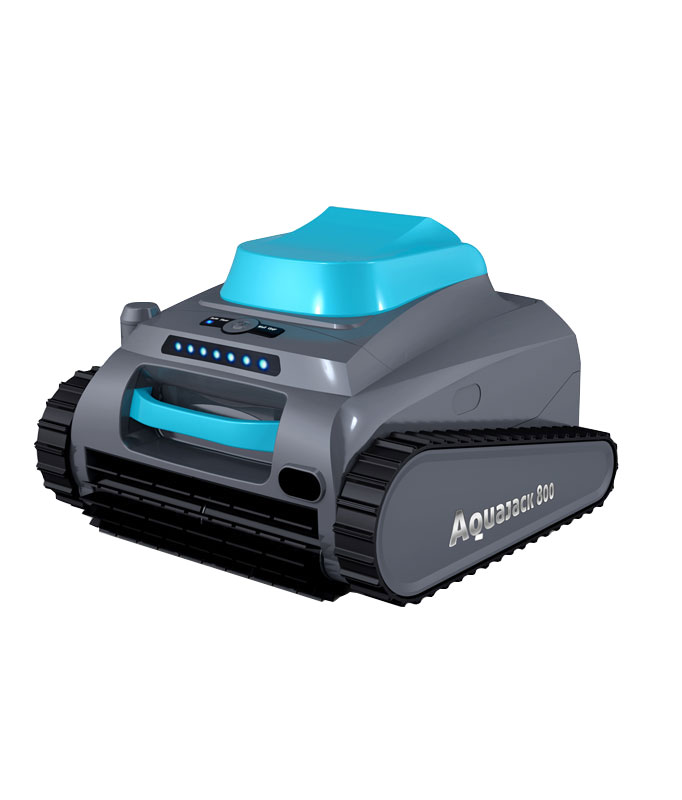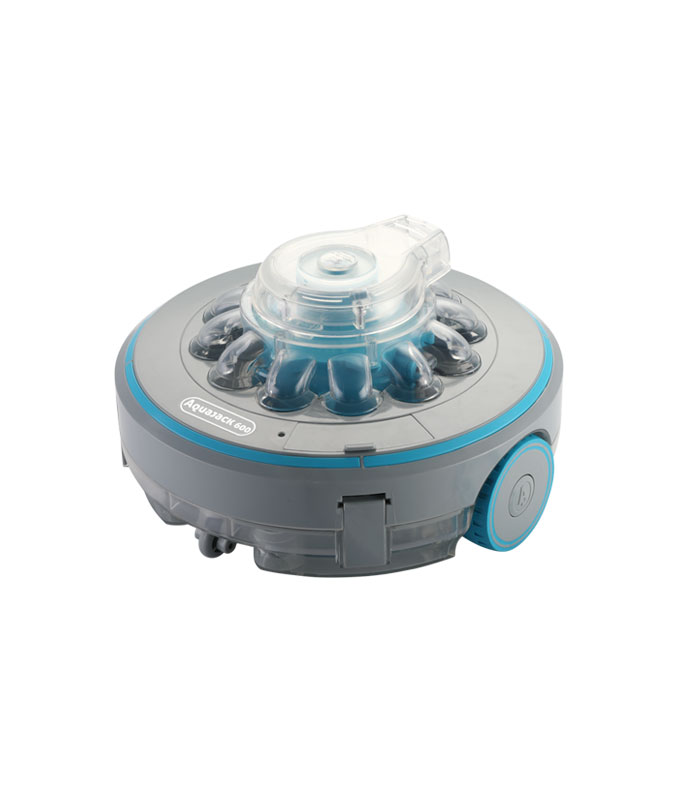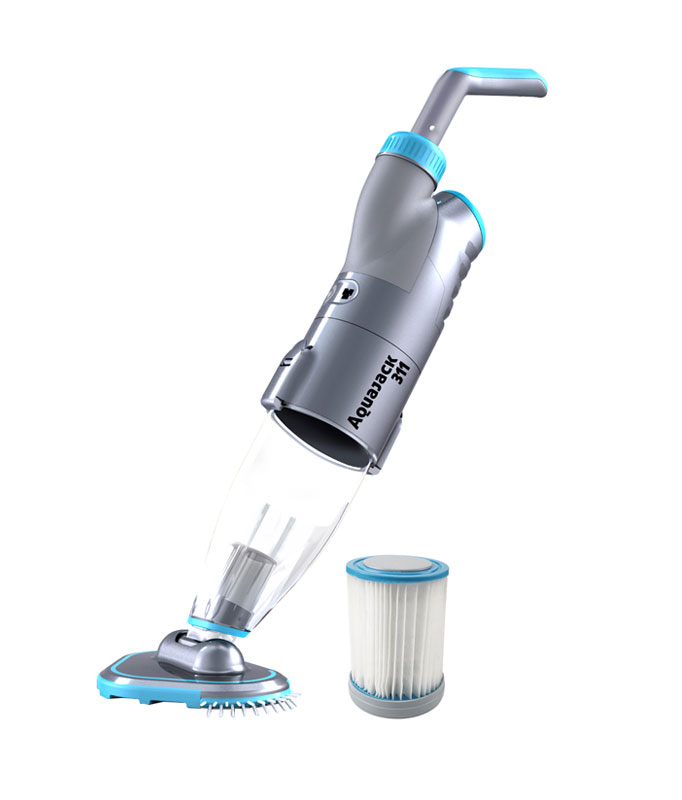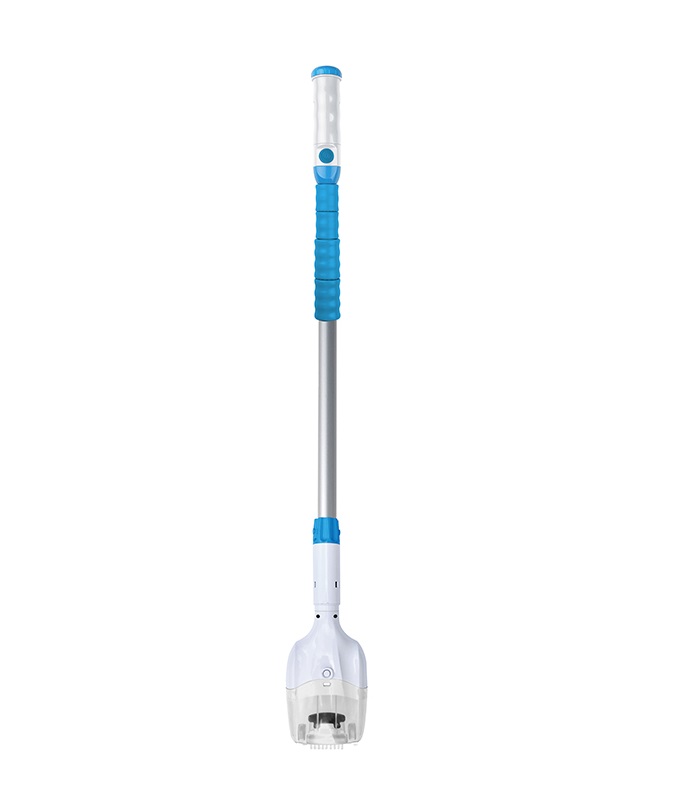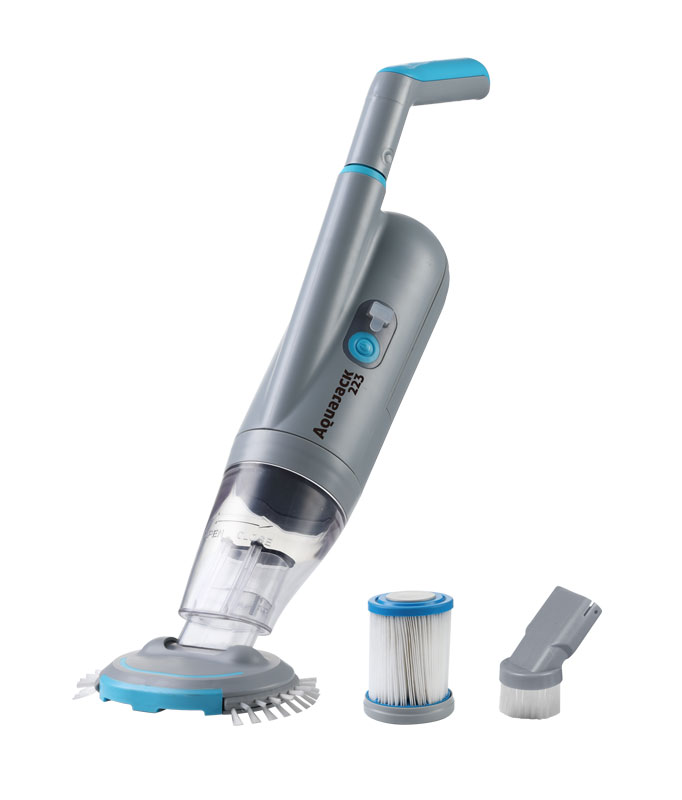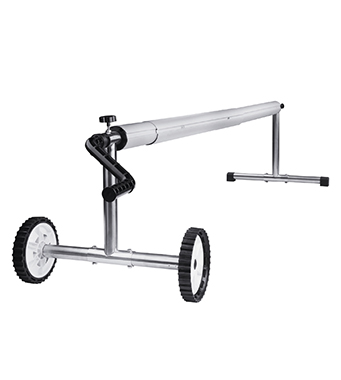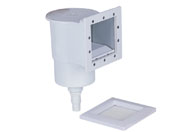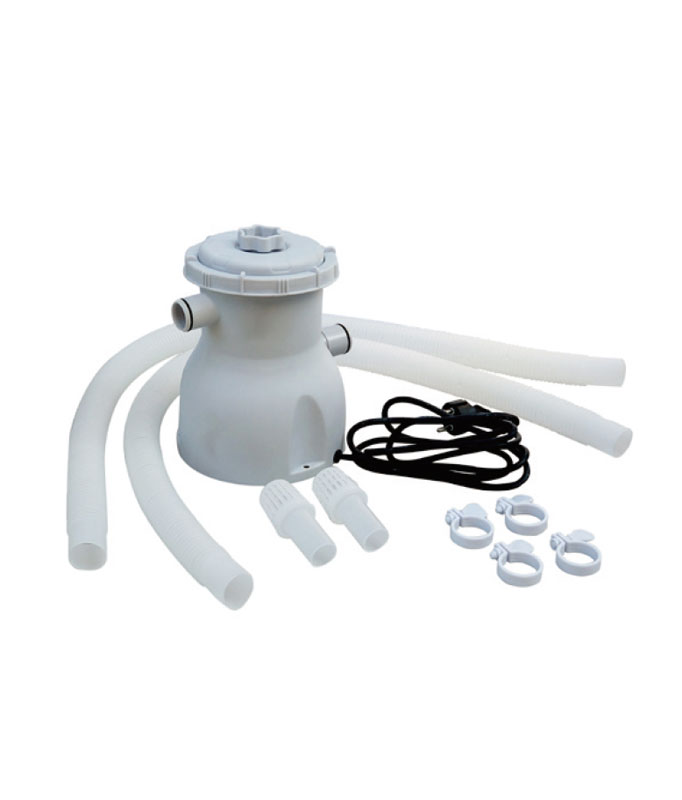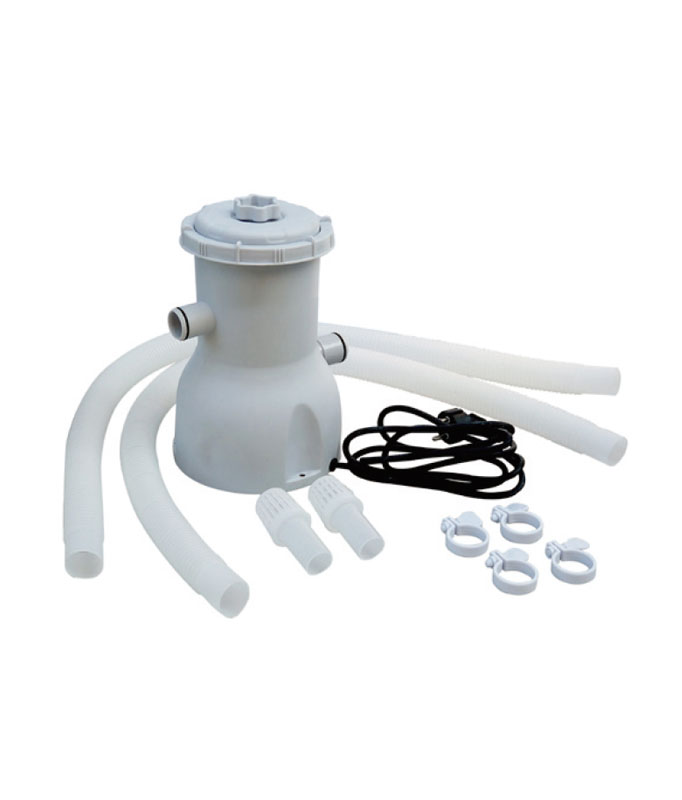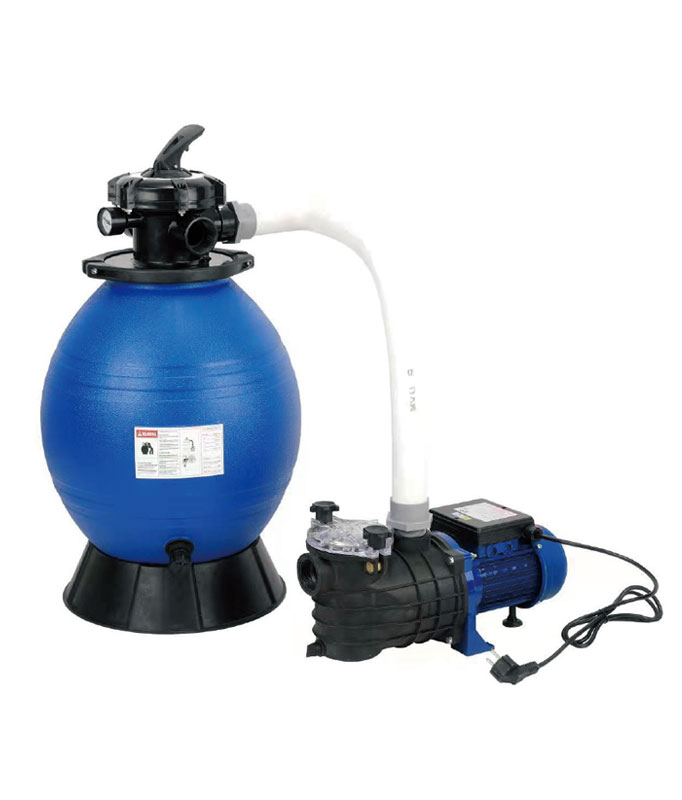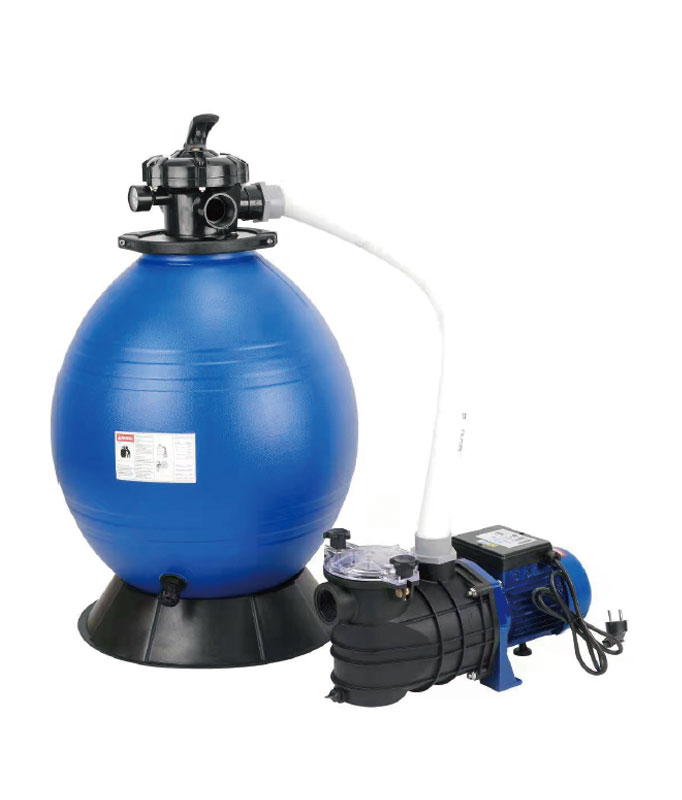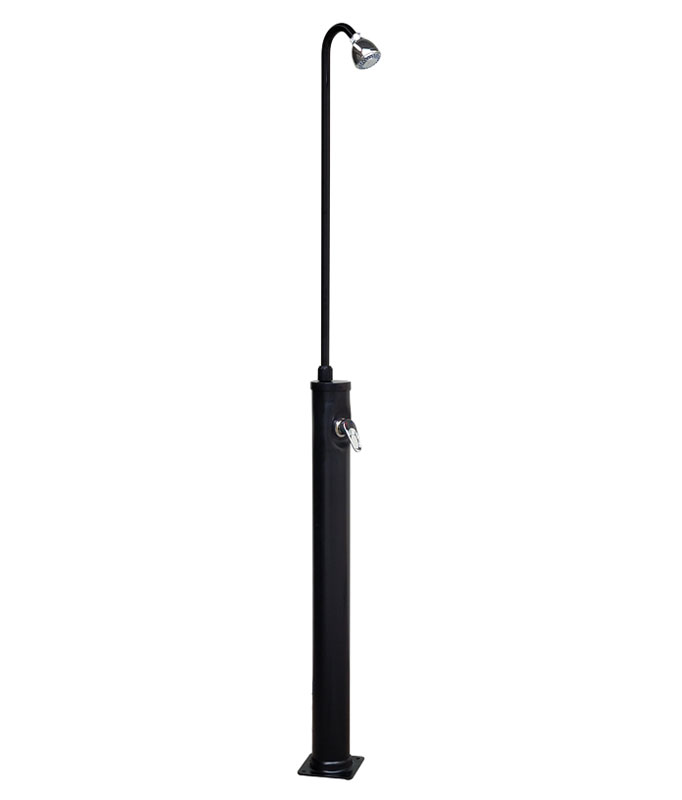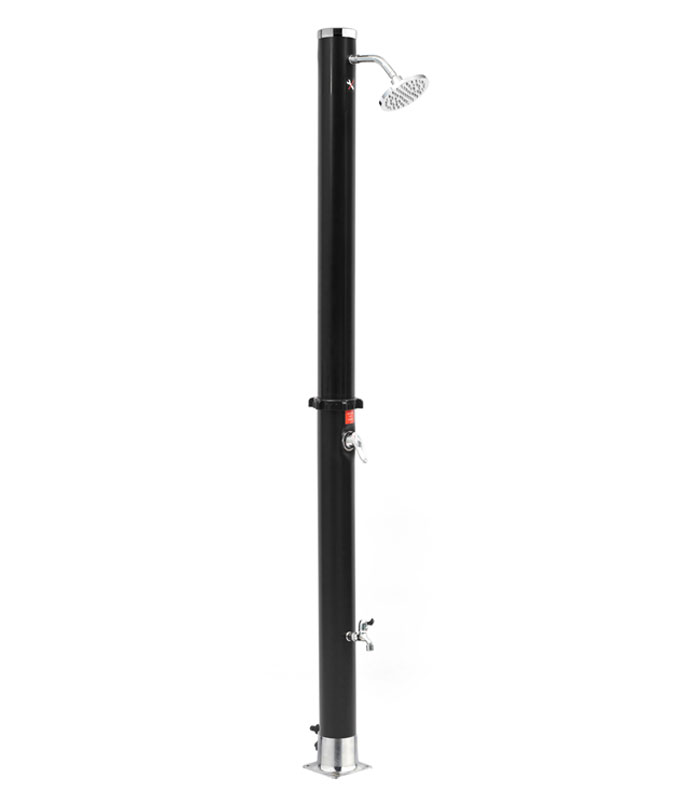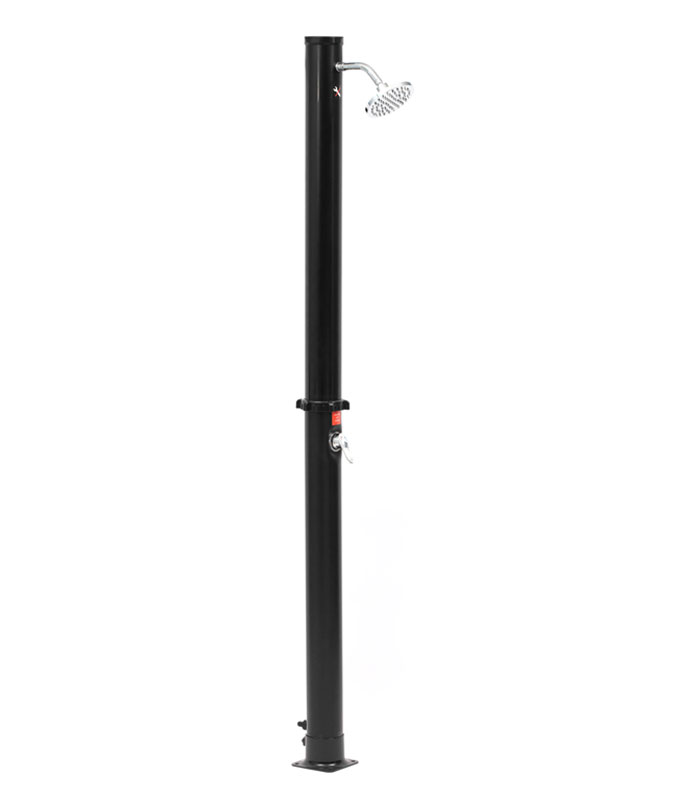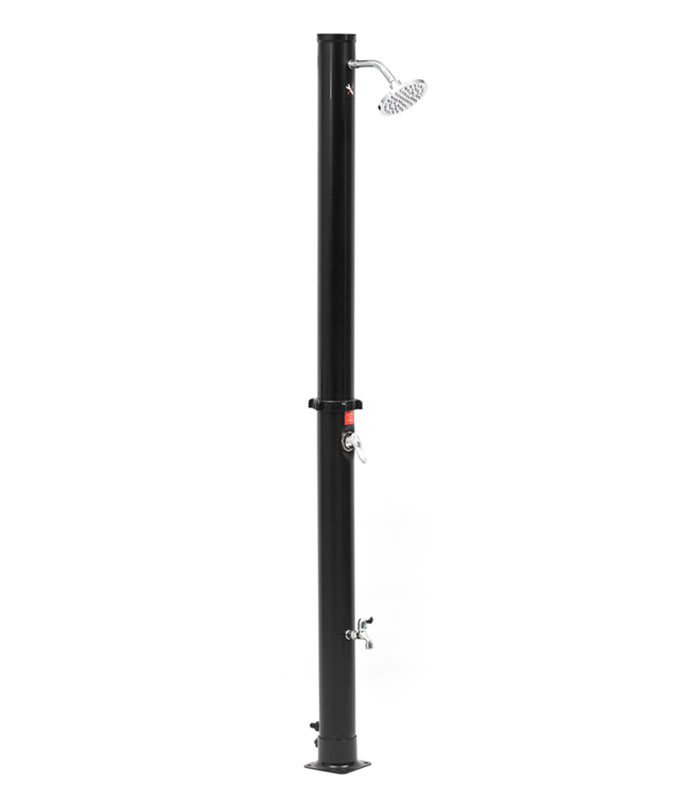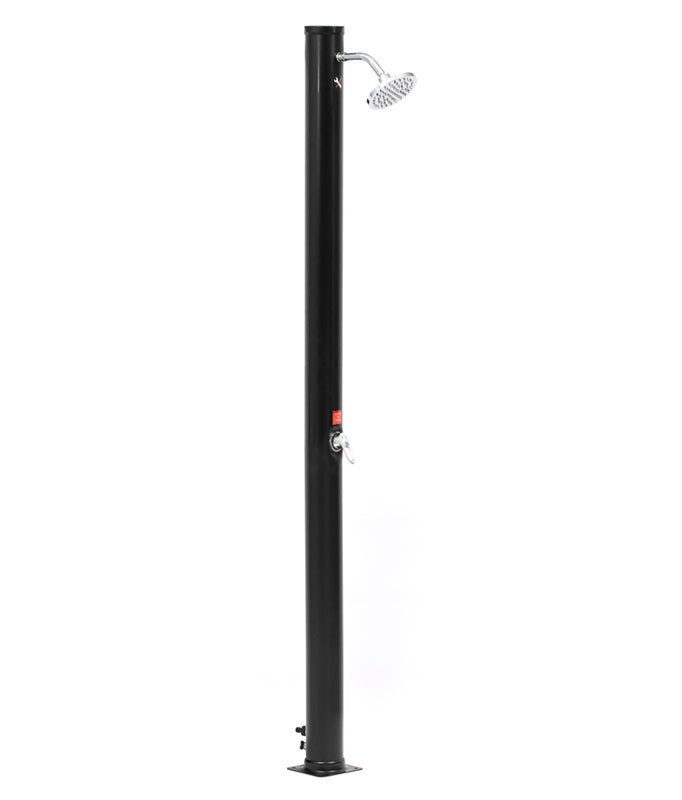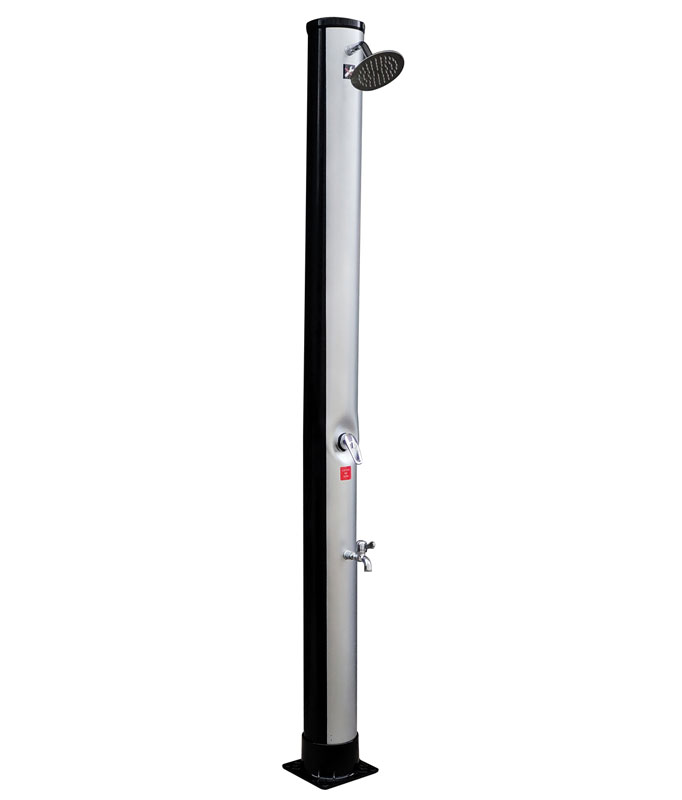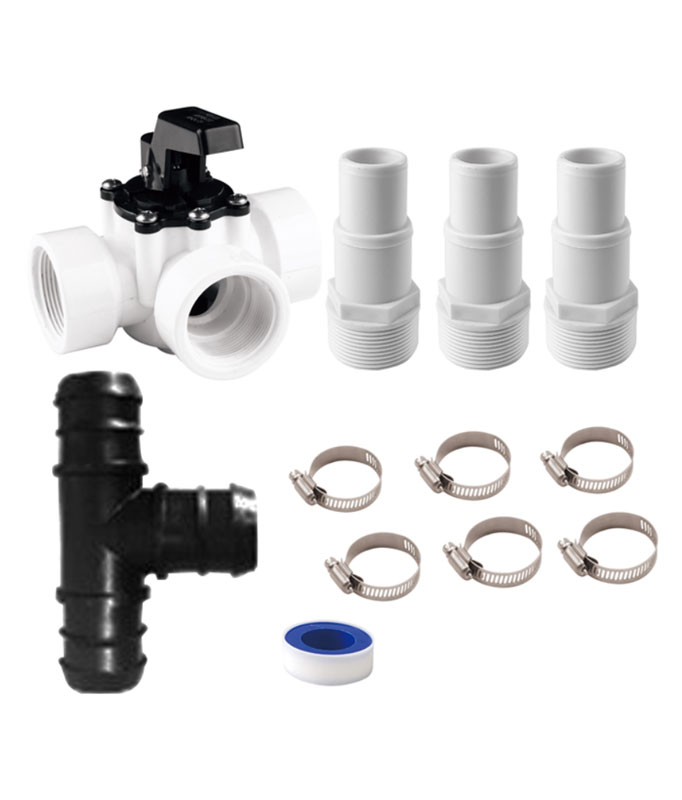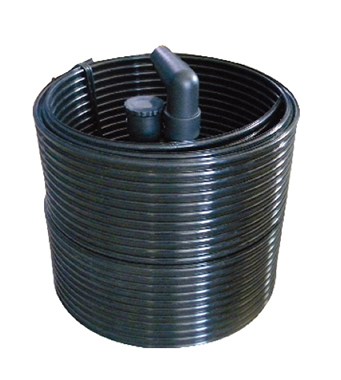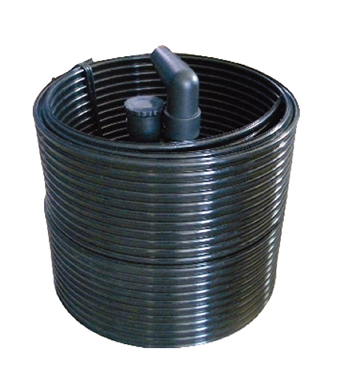Battery health management is essential for powering your devices efficiently. Advanced algorithms are now transforming battery health management: intelligent charging strategies to avoid overcharging/overdischarging optimize performance and extend lifespan. By implementing these strategies, you can ensure safer and longer-lasting batteries. Discover innovative solutions for better energy use across devices, such as portable pool vacuum cleaners, at https://www.cnpoolstar.com/category/portable-pool-vacuum-cleaner-2.html.
Key Takeaways
- Use smart charging methods to stop overcharging and make batteries last longer.
- Use tools to find battery problems early and stop sudden breakdowns.
- Use AI tools to watch batteries in real-time and keep them safe and working well.
Understanding Battery Health
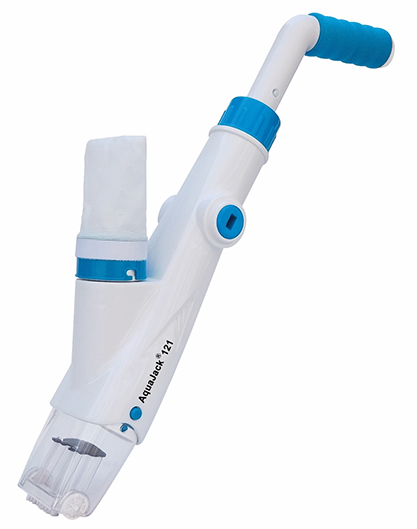
Key Factors Influencing Battery Health
Battery health depends on several factors. Temperature plays a significant role. Extreme heat or cold can damage the internal components of a battery. Charging habits also affect longevity. Frequent overcharging or letting the battery drain completely can reduce its lifespan. The quality of the battery itself matters too. High-quality batteries last longer and perform better than cheaper alternatives.
Tip: Keep your devices in moderate temperatures and avoid charging them overnight to maintain battery health.
Challenges in Maintaining Optimal Battery Performance
Maintaining battery performance can be tricky. Batteries naturally degrade over time, even with proper care. You might notice reduced capacity after a few years of use. Additionally, modern devices often demand more power, which puts extra strain on batteries. Identifying early signs of battery issues can also be difficult without advanced tools.
To overcome these challenges, you can use smart charging technologies or apps that monitor battery health. These tools help you track performance and adjust usage patterns.
Economic and Environmental Impacts of Poor Battery Health
Poor battery health can cost you money. Replacing batteries frequently adds up over time. It also contributes to electronic waste, which harms the environment. Many discarded batteries end up in landfills, releasing harmful chemicals into the soil and water.
By taking care of your batteries, you save money and reduce your environmental footprint. Small changes in how you use and charge your devices can make a big difference.
Note: Recycling old batteries properly helps protect the planet and conserves valuable materials.
Battery Health Management: Intelligent Charging Strategies to Avoid Overcharging/Overdischarging
Adaptive Charging Techniques for Prolonged Battery Life
Adaptive charging techniques help you extend the lifespan of your batteries by adjusting the charging process based on your device's needs. These techniques prevent overcharging, which can damage the battery over time. For example, some smartphones pause charging when the battery reaches 80% and resume only when necessary. This approach reduces stress on the battery and slows down its natural degradation.
You can also use smart chargers that monitor the battery's condition and adjust the charging speed. These chargers deliver power more efficiently, ensuring the battery stays healthy for longer. By adopting adaptive charging, you can practice better battery health management: intelligent charging strategies to avoid overcharging/overdischarging.
Tip: Avoid using fast chargers frequently unless necessary. They generate more heat, which can harm the battery.
Predictive Maintenance for Early Problem Detection
Predictive maintenance uses advanced tools to identify potential battery issues before they become serious. By analyzing data like charging patterns and temperature changes, these tools can alert you to problems early. For instance, if your battery starts losing capacity faster than usual, predictive maintenance systems can notify you to take action.
This proactive approach saves you from unexpected battery failures. It also helps you plan replacements or repairs at the right time. Predictive maintenance is a key part of battery health management: intelligent charging strategies to avoid overcharging/overdischarging. It ensures your devices remain reliable and efficient.
Note: Regularly updating your device's software can improve predictive maintenance features, as manufacturers often enhance these tools with updates.
AI-Driven Algorithms for Real-Time Battery Monitoring
Artificial intelligence (AI) plays a crucial role in real-time battery monitoring. AI-driven algorithms analyze data from your device to provide insights into battery performance. These algorithms can detect unusual behavior, such as rapid power drain or overheating, and suggest solutions instantly.
For example, some AI systems recommend closing specific apps or reducing screen brightness to conserve energy. Others optimize charging by learning your daily routine and adjusting the process accordingly. With AI-driven algorithms, you can achieve better battery health management: intelligent charging strategies to avoid overcharging/overdischarging.
Callout: AI tools not only improve battery life but also enhance safety by preventing overheating and other risks.
The Role of Emerging Technologies in Battery Optimization
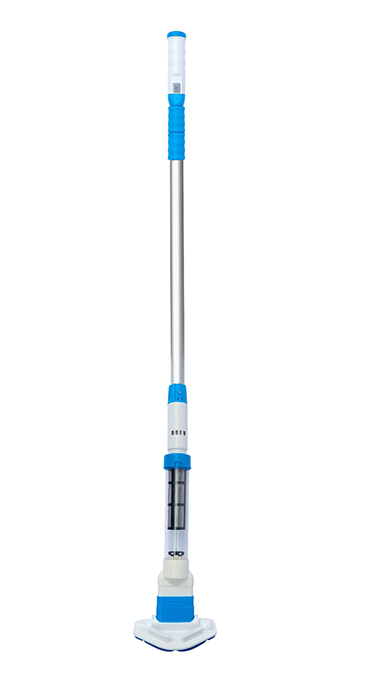
Artificial Intelligence and Machine Learning in Battery Management
Artificial intelligence (AI) and machine learning (ML) are transforming how you manage battery health. These technologies analyze vast amounts of data to identify patterns and predict battery behavior. For example, AI can monitor your device's charging habits and suggest adjustments to improve battery performance. ML algorithms learn from this data to optimize charging cycles, ensuring your battery lasts longer.
AI also helps prevent common issues like overcharging or overheating. It can detect when your battery is nearing full capacity and stop charging automatically. This feature aligns with battery health management: intelligent charging strategies to avoid overcharging/overdischarging. By using AI and ML, you gain better control over your devices and reduce the risk of battery damage.
Tip: Look for devices with built-in AI-powered battery management systems to maximize efficiency.
Time-Series Models for Predicting Battery Degradation
Time-series models are another powerful tool for battery optimization. These models analyze historical data to predict how your battery will degrade over time. By understanding these trends, you can take steps to slow down the aging process. For instance, time-series models can estimate when your battery might lose significant capacity, allowing you to plan for replacements in advance.
These models also help identify unusual patterns that could indicate a problem. If your battery starts degrading faster than expected, the system can alert you to investigate further. This predictive approach supports battery health management: intelligent charging strategies to avoid overcharging/overdischarging. It ensures you stay ahead of potential issues and maintain optimal performance.
Note: Regularly updating your device's software can improve the accuracy of time-series predictions.
IoT Integration for Enhanced Battery Health Monitoring
The Internet of Things (IoT) is revolutionizing battery health monitoring. IoT devices connect to your battery and provide real-time updates on its condition. You can track metrics like charge level, temperature, and usage patterns through a smartphone app or other interface. This constant monitoring helps you make informed decisions about how to use and charge your devices.
IoT integration also enables remote diagnostics. If your battery encounters a problem, the system can send alerts to your device or even notify a technician. This feature enhances battery health management: intelligent charging strategies to avoid overcharging/overdischarging. It ensures your devices remain reliable and efficient, no matter where you are.
Callout: IoT-based systems not only improve battery health but also enhance convenience by automating monitoring and maintenance.
Challenges and Limitations of Advanced Algorithms
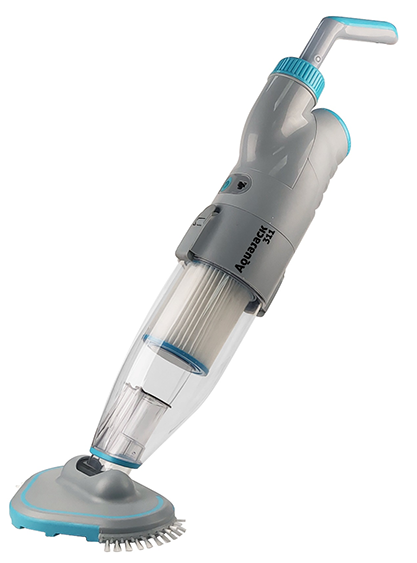
Computational Demands and Resource Requirements
Advanced algorithms require significant computational power. You may notice that devices running these algorithms consume more energy, which can ironically strain the battery they aim to protect. High-performance processors and memory are often necessary to handle the complex calculations involved in real-time monitoring and predictive analysis. This increases the cost of devices and limits their accessibility.
Tip: Look for devices that balance performance with energy efficiency to avoid unnecessary battery drain.
Cloud-based solutions can reduce the burden on your device by offloading computations. However, this approach depends on a stable internet connection, which may not always be available. Additionally, the energy used by data centers to process this information contributes to the overall environmental impact.
Addressing Data Privacy Concerns in Battery Monitoring
Battery monitoring systems collect large amounts of data about your device usage. This data helps improve battery performance but raises privacy concerns. You might worry about how companies store and use this information. Unauthorized access to your data could lead to misuse or breaches.
To protect your privacy, choose devices and apps with strong encryption and transparent data policies. Always review the permissions you grant to battery monitoring tools.
Note: Opt for solutions that prioritize user privacy and comply with data protection regulations like GDPR or CCPA.
Balancing Cost-Effectiveness with Technological Advancements
Implementing advanced algorithms often increases the cost of devices. Manufacturers must invest in research, development, and hardware upgrades to support these technologies. While these features improve battery health, they may make devices less affordable for some users.
You can balance cost and technology by prioritizing features that align with your needs. For example, if you use your device heavily, investing in advanced battery management might save money in the long run. However, for occasional use, simpler solutions may suffice.
Callout: Evaluate your usage patterns to decide whether premium battery optimization features are worth the investment.
Advanced algorithms revolutionize how you manage battery health. They optimize performance, extend lifespan, and reduce environmental impact.
- Key Takeaways:
- Use adaptive charging and predictive maintenance.
- Leverage AI for real-time monitoring.
Future Outlook: Intelligent systems will evolve, offering smarter, eco-friendly solutions for sustainable energy use.
FAQ
What is the best way to charge a battery to extend its lifespan?
Avoid charging your battery to 100% or letting it drain completely. Keep the charge level between 20% and 80% for optimal health.
How do advanced algorithms improve battery performance?
Advanced algorithms analyze usage patterns and adjust charging processes. They prevent overcharging, reduce overheating, and predict potential issues, ensuring your battery lasts longer.
Can I use fast chargers without damaging my battery?
Yes, but limit their use. Fast chargers generate heat, which can harm your battery over time. Use them only when necessary for quick charging.

 Robotic Pool Cleaner
Robotic Pool Cleaner  Portable Pool Vacuum Cleaner
Portable Pool Vacuum Cleaner  Automatic Pool Cleaner
Automatic Pool Cleaner  Pool Cover Reel
Pool Cover Reel  Pool Cleaning Accessories
Pool Cleaning Accessories  Pool Filter Pump
Pool Filter Pump  Pool Solar Shower
Pool Solar Shower  Pool Solar Collector
Pool Solar Collector 
